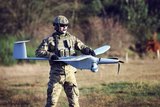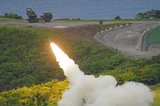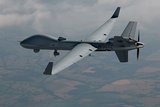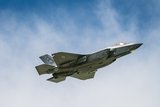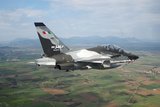Avalon 2025: BAE Systems eyes customers for its Strix after initial flight
Instead of the kink in the forewings as seen in this mock-up, the final design of the Strix will feature straight wings instead. (Photo: author)
BAE Systems Australia is seeking potential customers for its Strix vertical take-off and landing (VTOL) uncrewed aerial system (UAS) to take it to the next stage of development following first flight last year.
The company also disclosed to Shephard at the Avalon Australian International Airshow near Melbourne last week that it is in talks with a number of parties who have expressed interest in the UAS.
The platform was unveiled at the previous air show in 2023 and a BAE Australia spokesperson said the company decided to embark on the development of a prototype following interest at the event.
It was
Already have an account? Log in
Want to keep reading this article?
More from Air Warfare
-
![2025 air market review: European defence independence, next-gen tech and export concerns dominate]()
2025 air market review: European defence independence, next-gen tech and export concerns dominate
This year’s (geo)political turmoil has challenged many long-prevailing assumptions, leading to far-reaching consequences for air forces and their supplier bases in industry worldwide – with five key trends in review for 2025.
-
![Portugal signals interest in establishing A-29N final assembly line]()
Portugal signals interest in establishing A-29N final assembly line
As the launch customer for the NATO-configured variant, Portugal also took delivery of the first five A-29N aircraft from its order for 12, placed in 2024.
-
![Podcast: Critical Care episode 5 - Sustaining Europe’s frontline from Heidelberg]()
Podcast: Critical Care episode 5 - Sustaining Europe’s frontline from Heidelberg
As Europe ramps up defence investment in the wake of the Ukraine crisis, the spotlight is turning to how nations sustain their growing fleets.
-
![Leonardo signs contract on Austria’s M-346 aircraft order]()
Leonardo signs contract on Austria’s M-346 aircraft order
The first of the 12 M-346 aircraft are expected to be delivered to the Austrian Air Force by 2028, according to the company.








